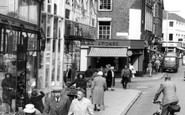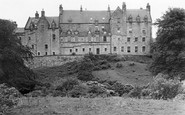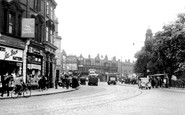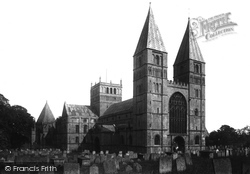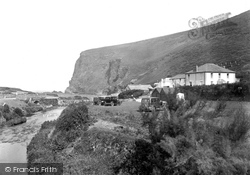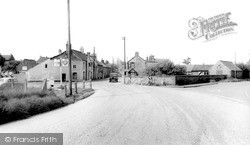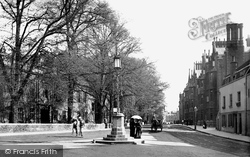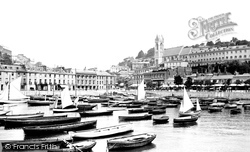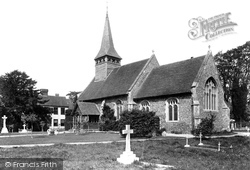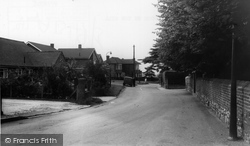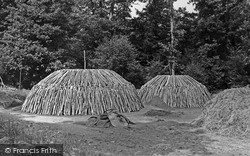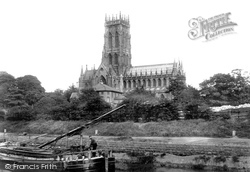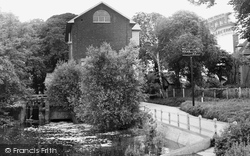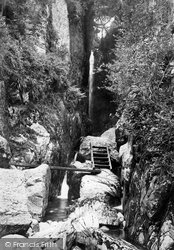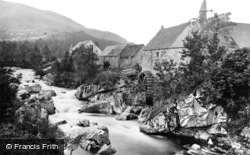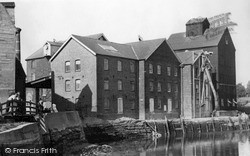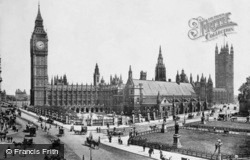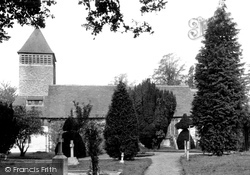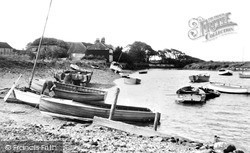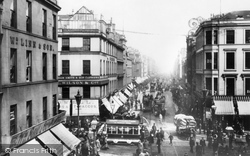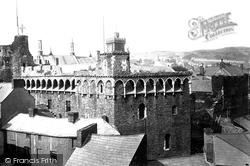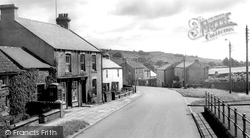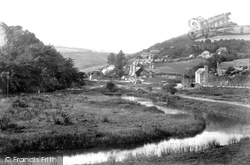Places
Sorry, no places were found that related to your search.
Photos
Sorry, no photos were found that related to your search.
Maps
39 maps found.
Books
Sorry, no books were found that related to your search.
Memories
780 memories found. Showing results 31 to 40.
Summer In The Village
I remember summers in Wallasey Village being absolutely glorious as a kid. I used to live in Green Lane, and during the summer holidays,Ii and my friends worked on the market gardens, from early in the morning until mid ...Read more
A memory of Wallasey in 1975 by
Burns Drive Memories
My grandparants lived at 5 Burns Drive in the 1970's. I remember my grandad taking me round the Silver Band Club, and through the woods to Studfall shops and sometimes to the swimming baths. My grandad was the club M.C at ...Read more
A memory of Kettering in 1975 by
Blair Castle And Gardens
From 1975-1985 approx, when we were kids from Dalry we lived in the estate below Blair House about 1 mile from main entrance,The Blair Scheme. Myself and a few lads and girls from there used to go up there walking at ...Read more
A memory of Dalry in 1975 by
The Bike Shop The Sweet Shop Leighton Court And The Last Neston Family To Catch Shrimps
On The High Street, Neston as you look towards Liverpool Road with The Cross just behind you you may still be able to see two alleyways. One used to end in a ...Read more
A memory of Neston in 1975 by
Childhood Memories
I was brought up in Ecclefechan and attended Hoddom Primary School between 1968 and 1975. Teachers I recall were Mrs Dodds, Mrs McPherson, Mrs Davidson, Miss Kirkpatrick (Mrs Wilson), Mrs McBride, Miss Gibson (Mrs Redpath) ...Read more
A memory of Ecclefechan in 1975 by
Swan Walk Albion Way Under Construction
In this aerial view the early stages of Swan Walk's construction are visible, along with Albion Way that is near completion and which was opened the following year by the Queen. Between the late 60s and ...Read more
A memory of Horsham in 1974 by
My Early Years
When I think of Devon, and in particularly Bellever I think of home. I lived in Bellever from the age of 4 to 13, after moving with my family (dad Denis, mum Gracie, sisters Cyndy, Alison and Elaine, and brothers Bill and Steve). ...Read more
A memory of Bellever in 1973 by
East Quinton School From Early 1973 1975
My name is Junior Mayhew and I also went to East Quinton School from early 1973-1975. The boarding school small pupil wise, but had lots of land to play on including two very large fields and an old farming ...Read more
A memory of Seaford in 1973 by
St Hilary In The 1970s
I lived in the village in 1972 until 1980, everyone knew everyone's name and all the ladies of the house were known by 'Auntie', like 'Auntie Beryl' etc. It was a real village in those days and had ...Read more
A memory of St Hilary in 1972 by
Katie Barnes And The Hermits Cave
The one thing that sticks in my memory about growing up in Camberwell was the newspaper stall outside the Hermits Cave pub and the young me being in awe of Katie Barnes (I think that was her name), the 'old' woman who used to sell the papers. She knew everyone's gossip and had a slightly hairy chin!
A memory of Camberwell in 1972 by
Captions
291 captions found. Showing results 73 to 96.
This superb minster church was founded before 956; the present church was started in 1108 by the Archbishop of York, and the west towers were completed by about 1150.
Specimens of 'Little Trees', a species of deep water coral so named because of its shape, are sometimes washed up on the beach at Crackington.
Further down the Thames are the Houses of Parliament - or rather, the Palace of Westminster. This replaced the old palace, which burned down in 1834.
The river Burn runs through the villages of South and North Creake too. The road at the centre of the picture leads to the ruins of Creake Abbey, which lies in a beautiful setting beside the stream.
At the junction of Common Road and Slough Road, two College schoolboys, one carrying a cricket bat over his right shoulder, are seen walking past the 'Burning Bush'.
Its west window was designed by the pre-Raphaelite artist Edward Burne-Jones.
The lovely timber porch was left relatively untouched, however; and a grave-slab from an earlier church has recently been discovered beneath the pews. The rectory burned down in the 1950s.
Firstly, the Shaa family, who owned land here, produced two Mayors of London. Secondly, a local farmer called Thomas Higbed was burned at the stake in 1555, on a charge of heresy.
Charcoal burning was one of the New Forest's earliest industries, though it is a rarer occurrence today. The charcoal produced had a multitude of uses, particularly in the smelting of iron.
St George's is considered to be one of Sir Gilbert Scott's finest designs, and was built in 1854-58 as a replacement for the original parish church which had been destroyed by fire.
Felsted had two watermills at the time of the Domesday survey, and it is likely that Felsted Mill and Hartford End Mill are on the same two sites.
High Sweden Bridge is a picturesque packhorse bridge over the Scandale Beck between High Pike and Snarker Pike (there is a Low Sweden Bridge lower down the valley).
The village of Braemar is situated on the banks of Cluny Burn.
High Sweden Bridge is a picturesque packhorse bridge over the Scandale Beck between High Pike and Snarker Pike (there is a Low Sweden Bridge lower down the valley).
The Mill stood to the south of Rochford on the tidal estuary of the River Roach. Many mills existed along the tidal arms of the sea fingering into Essex which provided easy transport by water.
This 'superb temple of legislation' in Tudor Gothic was built to replace the old medieval Palace which burned down in 1834.
This ‘superb temple of legislation’ in Tudor Gothic was built to replace the old medieval Palace which burned down in 1834.
Visit the church at Yateley, and have a look at the glass in the 13th- century east window: it depicts Peter and John, and is the work of William Morris and the Pre-Raphaelite artist Sir Edward Burne-Jones
Here the Burn winds its way through lavender-covered salt marshes to the sea; here the sand dunes stretch away to Holkham in the east and Scolt Head island to the west.
THE ACT OF UNION in 1707 was bitterly reviled at the time, and even for many years afterwards - Robert Burns echoed popular sentiment when he dismissed the Scottish commissioners with the lines
What remains of the Castle buildings is now overshadowed by a glass, steel and concrete edifice to its rear.
Said to be a devotee of the black arts, he was abducted by his God-fearing tenants, rolled in a sheet of lead and taken to Ninestane Rig, a stone circle beyond Whitterhope Burn.
When lead was discovered in Weardale, the mining rights were granted to the bishops of Durham; by the 13th century, mining, smelting and charcoal burning and so on were on a large scale for the period.
This is the lower reach of the old Liskeard and Looe Canal; it was still used occasionally at this date to carry sea sand and limestone for burning in the kilns at Sandplace.
Places (0)
Photos (0)
Memories (780)
Books (0)
Maps (39)

